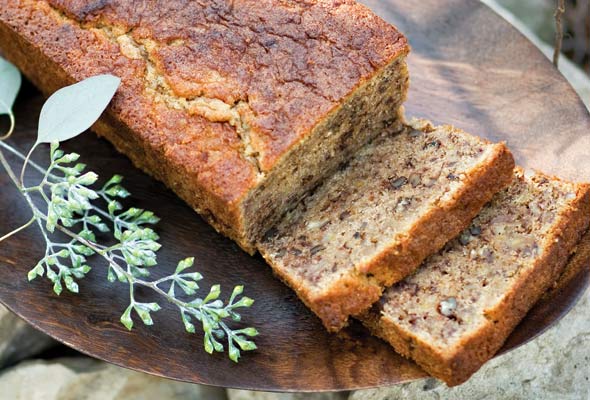
This is not the classic banana bread recipe of your childhood. It is, however, quite similar in many ways. Like the loaves your mom made from her batter-splattered recipe and turned out of her dented metal loaf pan, it’s certainly moist and banana-y. It’s ridiculously aromatic. It presents a terrific use for those bananas you picked up on sale that are now forlornly browning on the counter. It’s got a familiar ingredient list that calls for pantry staples including butter, eggs, sugar, buttermilk, vanilla, and not much else. It’s quite a sight to behold. And, in the words of the talented baker who created this banana bread recipe, it is “divine right out of the oven with melted butter, supreme when toasted with a little butter and honey, and sinful with your favorite cream cheese frosting.”
Sound familiar? This really quite lovely banana bread recipe ingeniously calls for roasting the bananas whole prior to incorporating them into the batter. The technique sort of intensifies the banana-y flavor. (Clever, huh?) Although truth be told, we consider this step to be optional—especially those days when you want as little time as possible to elapse between the anticipation of banana bread and the actual incarnation of said banana bread.
Yet this banana bread is quite different in one important way. It’s gluten-free. Because of that, it simply can’t possess quite the same texture or mouthfeel as the loaf to which you’ve grown accustomed. It’s just a little denser, a little crumblier. We don’t think that’s such a bad thing. Not at all. Though it may not be quite the same in taste and texture as you’re accustomed, trust us when we say it’s the same in terms of temptation. Because perhaps what’s more important than what goes into a recipe is what comes out. Karen Morgan, who created this gluten-free banana bread, recalls that when she first tasted this bread, it inspired her to believe that “maybe, just maybe, life was going to be beautiful once again.” We don’t know how to improve upon that.–Renee Schettler Rossi
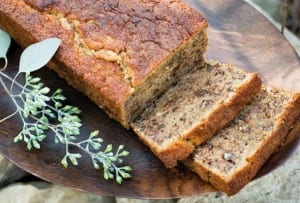
Gluten-Free Banana Bread
Ingredients
- 4 very ripe bananas, roasted (recipe follows)
- 1 1/2 cups Bob’s Red Mill all-purpose gluten-free flour
- 1 cup granulated sugar
- 1 teaspoon baking soda
- 1 teaspoon kosher salt
- 1 stick unsalted butter, at room temperature, plus more for the pan
- 2 large eggs
- 2/3 cup buttermilk, (either low-fat or full-fat)
- 2 teaspoon vanilla extract
- 2/3 cup chopped pecans
Instructions
- Position an oven rack in the center of the oven. Preheat the oven to 350°F (176°C). Butter a 9-by-5-inch loaf pan.
- In a stand mixer fitted with the paddle attachment, combine the flour, sugar, baking soda, and salt and mix on low speed until blended. Add the butter and continue to mix on low speed until blended. Add the eggs, increase the speed to medium and blend until smooth. Reduce the speed to low, immediately add the buttermilk, and gradually bring the mixer up to high speed. Continue to mix until the batter is light and fluffy, stopping once or twice to scrape down the sides of the bowl.
- Stir in the bananas, vanilla, and pecans just until combined. Scrape the batter into the prepared pan and cover loosely with aluminum foil.
- Bake the banana bread for 1 hour, 15 minutes, or until a knife or wooden skewer inserted in the center of the loaf comes out clean. Let the banana bread cool in the pan on a wire rack for 10 minutes. Run a knife around the sides of the pan and then carefully turn the loaf onto the wire rack. Let cool for at least 15 minutes before slicing. If serving the banana bread with cream cheese frosting—an act we heartily endorse—then let the banana bread cool completely before slicing. (Any leftover bread ought to be wrapped in aluminum foil or plastic wrap and refrigerated for up to 5 days.)
Notes
To Roast Bananas
Preheat the oven to 350°F (176°C). Line a rimmed baking sheet with aluminum foil. Arrange the bananas in a row on the prepared baking sheet. Using a paring knife, make 6 small slits in the top side of each banana peel. Roast until the peels are black and bulging, with juices oozing from the vents you created prior to roasting, about 15 minutes for regular-size bananas. Remove from the oven and let the bananas cool completely on the pan. Hold one of the roasted bananas over a bowl and begin peeling the roasted banana. The flesh of the banana should fall out seamlessly. Holding the peel of the banana over the bowl, run your fingers or a spoon along the interior of the skins, as you would a squeegee down a window pane, to extract the caramelized juices. Mash the bananas in the bowl with a fork or a potato masher until no large clumps are visible.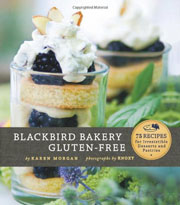
Nutrition
Nutrition information is automatically calculated, so should only be used as an approximation.
Recipe Testers’ Reviews
While this wasn’t my favorite banana bread ever, this was the best gluten-free banana bread I’ve ever eaten. The recipe is easy to follow and creates a texture to regular banana bread that’s nearly spot on— without requiring fun with molecular gastronomy to achieve the results. My co-workers were big fans, too.
We’re into muffins and cupcakes as they’re easy to store and a treat for the kids, so I made these as muffins, using King Arthur gluten-free flour mix. I roasted the bananas (as well as the pecans), and found that the roasted bananas made the flavor jump, and also sweetened the bread quite a bit. For future reference, I think 3/4 cup of sugar would be better for me. I froze the rest of the muffins so I can have them for longer than the five days. I am new to gluten-free baking, and this was a good choice.
WOW! As one who has friends and family who are gluten intolerant, I’m always on the the search for what I call “crossover recipes,” AKA food that I can serve that will delight all of my guests—those without allergies and those with sensitivities included. This recipe is fabulous.


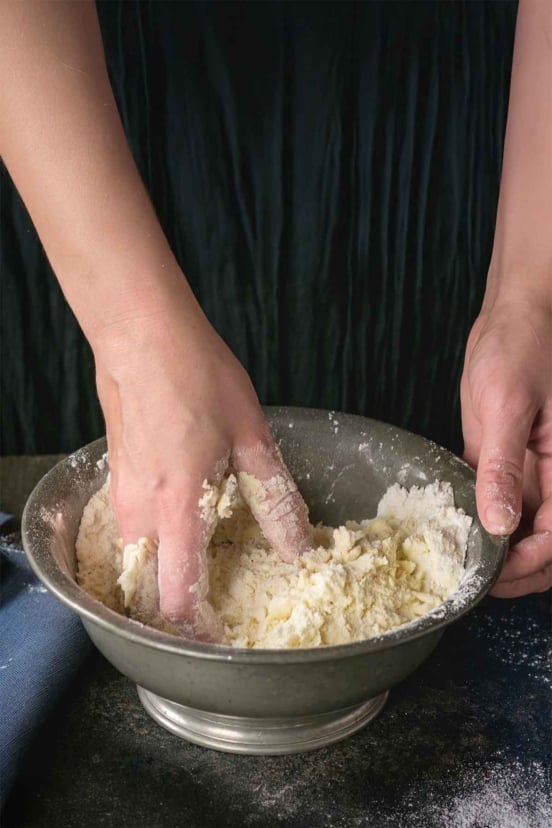
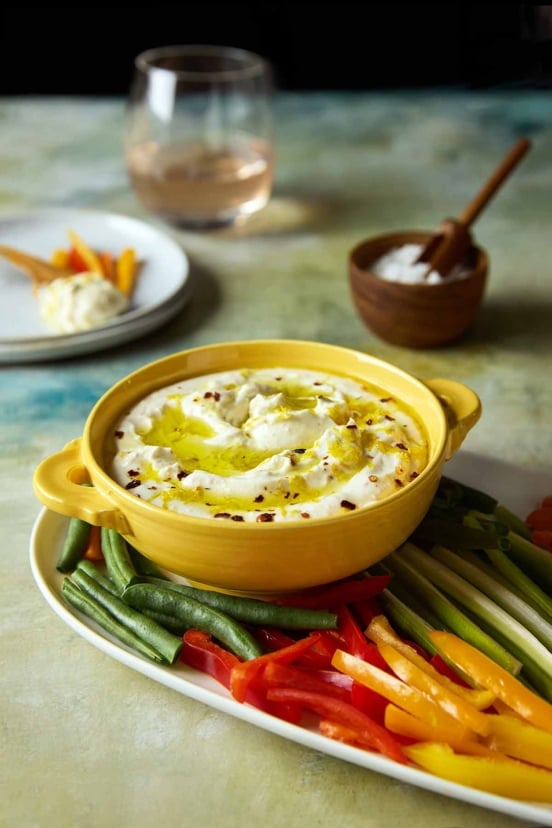









Loved this recipe. Tnx for posting. I use half the sugar it says here cuz I don’t like it so, so sweet. And I added some dark chocolate chips (can’t have anything wo chocolate in it!!!) Also I used Bob’s Red Mill Garbanzo and Fava Bean Flour cuz they were out of all-purpose. Breaks apart a little too easy than I’d like, but I don’t mind cuz it tastes amazing!!
Saba, well, howdy-ho. I’m so happy you enjoyed the recipe. Adding the chocolate chips–genius!
You’re very welcome, Saba. So glad you loved it. Also so glad you were able to customize it. Baked goods can be temperamental, so the crumbly texture may have been a result of using different flours or even adding the chunks of chocolate–not that we would ever fault anyone for adding chocolate to anything! But seems as though there are no complaints. Do let us know if you make it again with other adaptations, as we’re always curious to learn variations that work…or not.
My son has always loved my banana bread (almost straight from Fanny Farmer), and it calls for neither milk nor butter or oil, and it turns out great. His wife is gluten-intolerant, so I’m going to try it with rice flour. (Thanks for the hint about flax. I had been going to add some.) My only variations are that I always add orange zest and 1/4 teaspoon ground nutmeg. Whenever I have oranges, I microplane the zest and freeze it, so always have some on hand–works for lemon or ginger, too.
Terrific tip on freezing zest, Judith! On behalf of everyone who will benefit from your sharing it, many thanks…
Thanks for including this and other GF recipes on your site. I had a surplus of both bananas and buttermilk, so this recipe called to me.
Comments:
I made the recipe as presented (including roasting the bananas) with the following exceptions: I roasted the nuts and sprinkled the top with sunflower seeds, and I made it in a food processor. I lined the pan with a parchment sling for easy removal. I am not sure why the cake would be covered with foil; I removed it after 30 minutes since it was sticking to the loaf (which rose quickly to the top of the pan).
After 1hr15 minutes the toothpick came out clean, so I removed the loaf from the oven. It was gorgeous and brown, and came out of the pan without a fight. I sliced off the end after 15 minutes or so (I’m not a patient person, and the smell was torturing me) and found it to be still quite wet inside; popped it back in the oven for another 15… still wet. Left it to sit in the residual heat of the oven and hope it firms up as it cools.
As for the piece that I ate, while a little sweet for my taste it did have a gorgeous banana intensity and was a good approximation of non-GF banana bread. I will try this again as mini loaves or muffins next time, cut back on the sugar, and perhaps add some lemon rind and extra seeds to the mix.
Thanks for sharing, Teri. I think the residual heat notion was a good one in your situation. I’m also going to hazard a guess that perhaps the roasting of the bananas made them a little runny, and perhaps the vast variance in size of bananas from one to the next could have resulted in your batter being particularly wet if you used large-ish bananas. I’m wondering if scaling back a little on the bananas next time, depending on their size, may work. Also, the foil serves not just to keep the surface of the bread from overbrowning, but it also traps some of the heat, which could have contributed, in small measure, to your situation. Let us know how it goes next time, and you’re very welcome for the other GF recipes. A popular one as of late has been the Sunday Morning Pancakes…
I’m so glad to hear everyone who has tried my banana bread has loved it as much as I do! Thank you everyone for your thoughtful responses-a couple of which I would love to answer.
First and foremost is the question of texture. As Renee very astutely pointed out, the size of your bananas will effect the texture and moisture of the bread. Gigantic under-ripe bananas will result in an almost damp, not fully cooked looking banana bread, which is why is is super important to always buy small bananas and to allow them to ripen until they are covered with a confetti party of brown spots for the very best taste, texture and appearance. The riper the bananas, the stronger the banana flavor after they are roasted. The roasting also lends a nutty flavor, which complements the sweet Texas pecans perfectly.
When covering the banana bread, I always cover it loosely in the shape of a tent to prevent sticking. You can also lightly spray your foil with non-stick to insure a no-stick rising.
Per the bread falling apart when transferring to a wire rack, this is due to substituting the granulated sugar with brown sugar. Brown sugar is extremely hydrophilic–meaning, it retains water beautifully. For cookies, this is a fabulous thing because it helps produce that nice moist crumb, but in breads, it causes weak channels to form, causing the bread to have a difficult time holding its’ structure and ultimately breakage to occur.
I hope this shines some light on how to adjust your gf baking techniques and I love to see everyone adding little bits of their own creative flare to the recipes. That’s the heart and soul of cooking–to do what sounds good until you strike upon your own new way.
I love helping out in any way I can, so please submit comments on my website for a more instantaneous response! (http://www.blackbird-bakery.com)
Always,
Karen